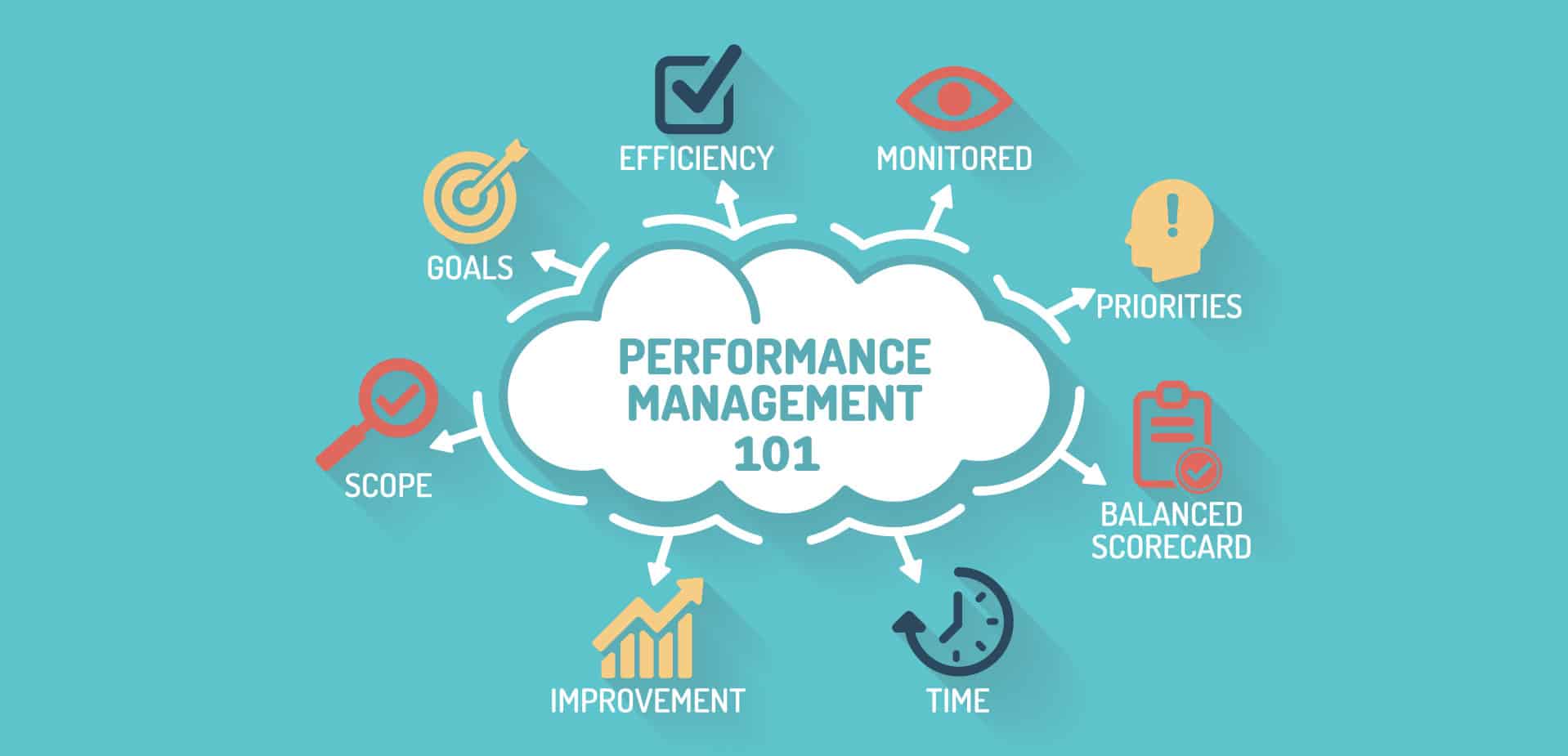
Performance management is the process that supervises the role of an individual employee or of entire departments to see whether they meet and achieve organisational goals efficiently. It helps managers assess their employees and help them perform in the right direction. Part of performance management includes employee appraisals, setting key performance indicators (KPIs) & management dashboards, peer reviews, 360-degree feedbacks, and effective use of employee management tools. The whole process is critical not only to the organisation, but also to the employee as it attaches many growth metrics such as promotions and bonuses to itself.
What does the Performance Management Process Involve?
Schedule a call with a Pragati Leadership expert to discuss how we can support your strategic objectives.
Schedule your CallPerformance Management process is a collaborative process where employees and management work closely to plan, monitor, and review the employee objectives, long-term goals, job trajectory, and overall contribution to the company. There are four crucial steps in performance management that form the foundation of a successful organization.
Planning:
It revolves around setting performance expectations for the employee and then creating an annual business plan to determine the employee’s role. Employee performance goals are always aligned with business goals. A typical plan consists of targets, actions, and behaviours, and may also contain certain skills/learning elements for the employee.
- Planning is done by the managers and employees together so that the employees gain clarity on what to do, why to do it, and how to do it.
- This exercise motivates the employee to perform better and increases her commitment to her responsibilities as well as the organisation.
- One thing to note here is that the goals should be flexible and must accommodate changing priorities and requirements according to time.
- One of the most popular methods of goal setting is the SMART approach. SMART stands for Specific, Measurable, Achievable, Relevant, and Time-bound goals.
Performance monitoring:
Once the plans are in place, it is time to monitor those plans by evaluating employee performance.
- Regular reviews and refreshers conducted on a monthly or quarterly basis help keep track of the employee’s progress as per the performance plan.
- The plan may need to undergo modifications at times due to unplanned variables and, in some cases, individual employee constraints.
- Monitoring also gives managers an opportunity for managers to understand how employees are doing and address any concerns, if and when required.
Performance Review and Rating:
In this stage, managers and employees, both sit together to evaluate the latter’s performance.
- Employees can conduct self-assessments to interpret achievements and challenges accordingly.
- They can rate their own performance on the parameters set during the planning stage.
- Then the managers can review the employee’s performance according to their metrics.
- After a detailed discussion together, the managers can rate the employees and, if required, can work with them to provide training, mentoring, or anything else that can help them fill any gaps.
Reward:
Among all the steps, reward is probably the most important as it positively reinforces employees who are hitting their goals or working towards them.
- Bonuses, thank you cards with token gifts, and public recognition are some ways of recognising employees for their efforts toward becoming better and doing better for the organization.
These four steps complete the performance cycle and can have multiple wheels within wheels, depending on the organisation’s workforce size and scale of operation.
Pragati Leadership is a corporate training institute in Pune that provides one of the best leadership training programs in India. Everything we do is guided by our wholesome leadership paradigm that allows leaders to deliver business results from the perspective of purpose, people, planet, and profit. To know more, contact us now!
Share on Social Channels
Our Categories
Categories
- Behaviorial (7)
- Blog (262)
- Certified People Manager Program (3)
- Coaching (8)
- Corporate Trainers (7)
- Developing Collaboration (12)
- Emotional Intelligence Training (12)
- Executive Leadership Program (29)
- First Time Manager Training (12)
- Growth Mindset Course (3)
- Inspirational Leadership (17)
- Inspiring and Successful Leadership Awards (16)
- Leadership Awards (37)
- Leadership Development (123)
- Leading Virtual Teams (6)
- Management Development (29)
- Marketing (2)
- Negotiation Skills Training (7)
- Organizational Transformation (24)
- Others (24)
- Stakeholder Management (3)
- Strategic Leadership Development Program (4)
- VUCA Leadership (2)
- Wholesome Leadership (23)
- Women Leadership (15)
Recent Insights
“In the past a leader was a boss. Today’s leaders must be partners with their...
Ask anyone who’s ever led a team, and they’ll tell you this: managing people isn’t...
“Executive Presence is a mix of mindset, skills, and behaviors”. Want to be perceived as...
There’s a strange assumption many people make about senior leaders: once someone has a couple...
“The number one problem first-time leaders face is failing to understand that leading requires entirely...
